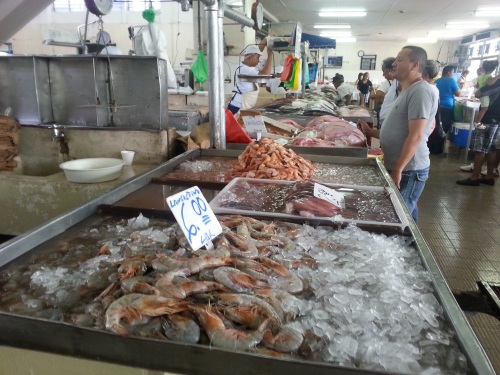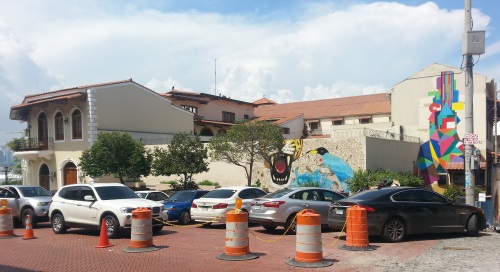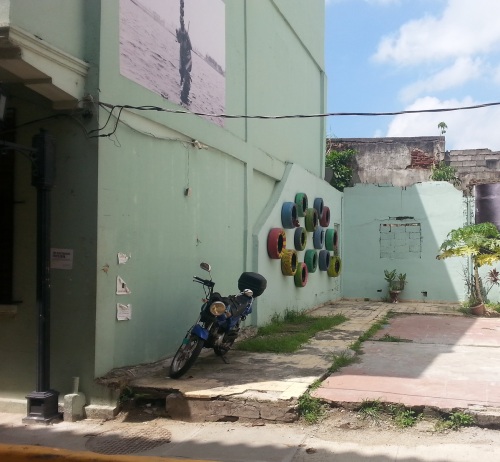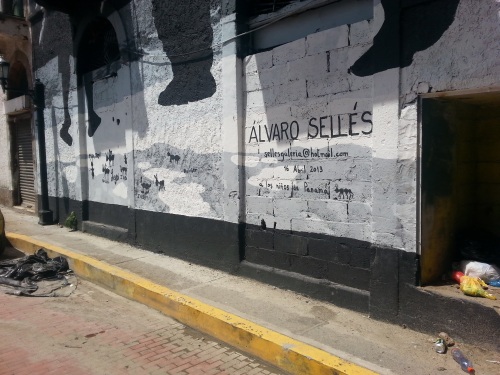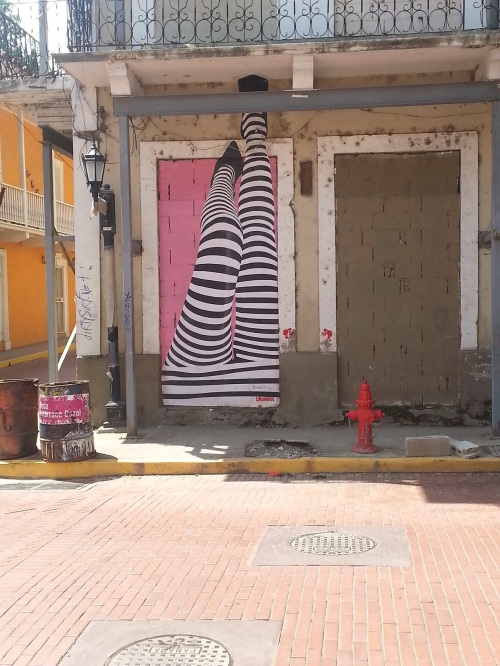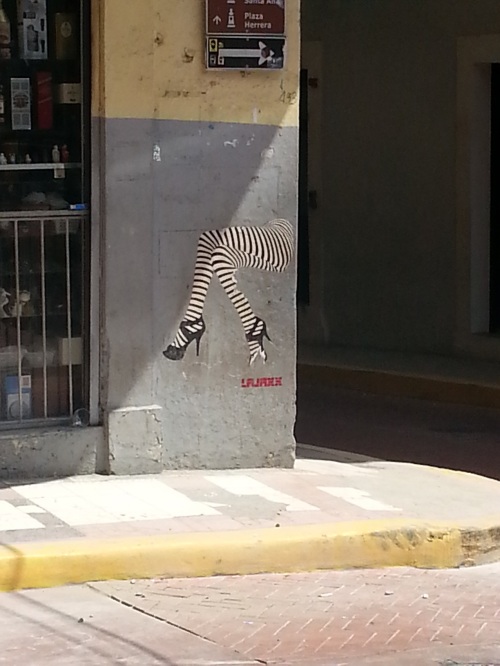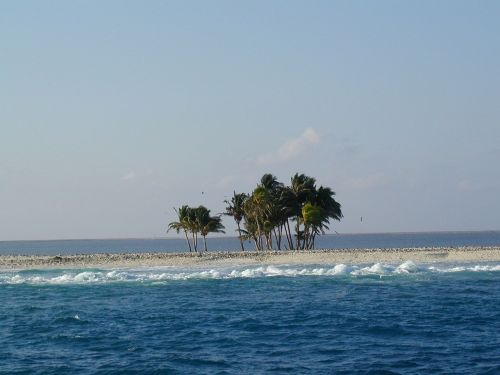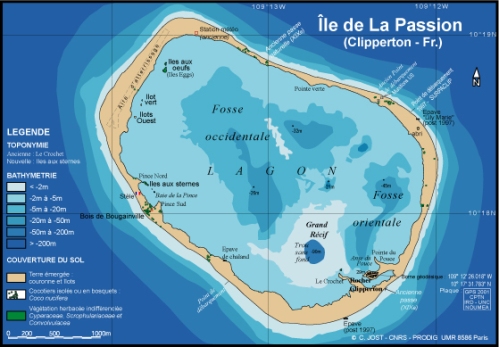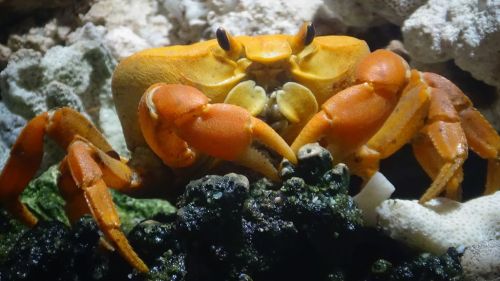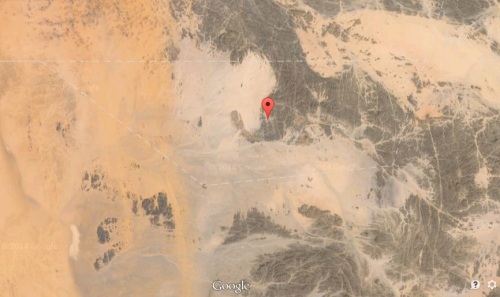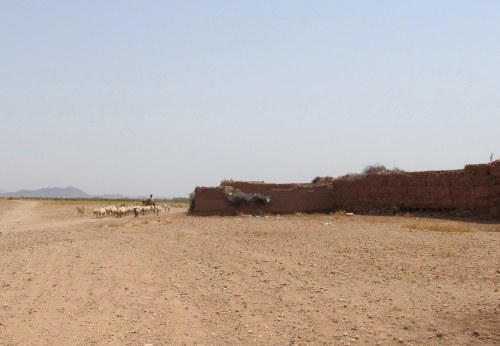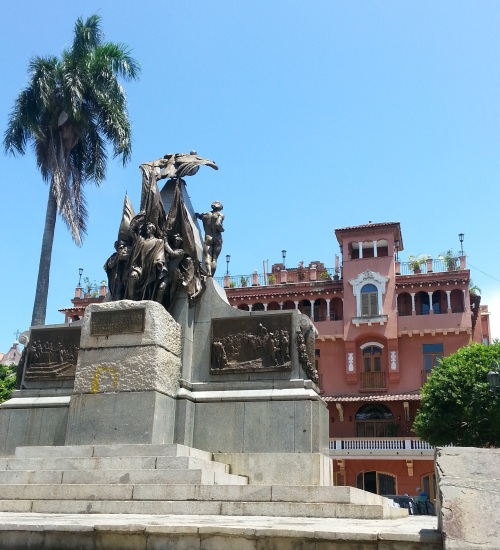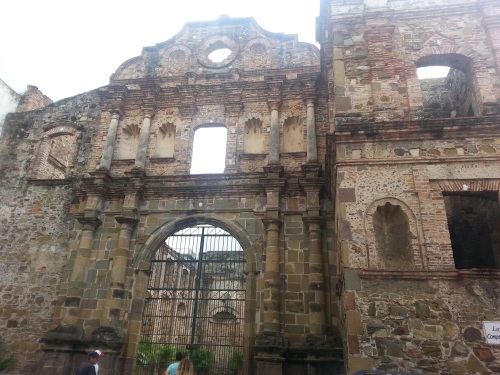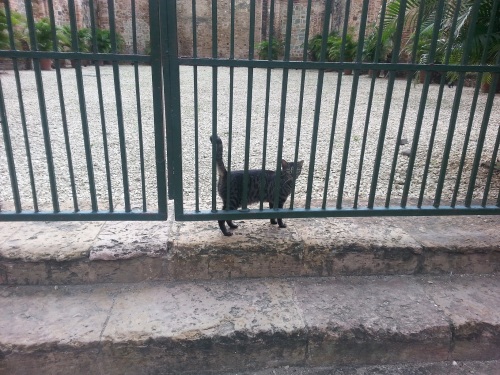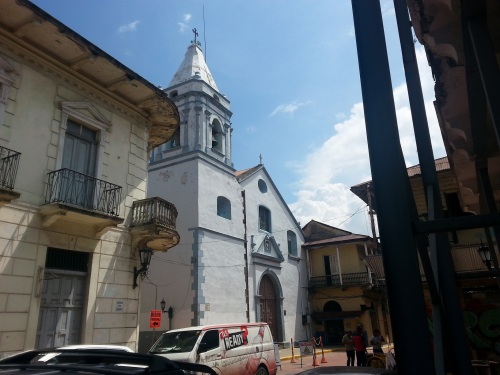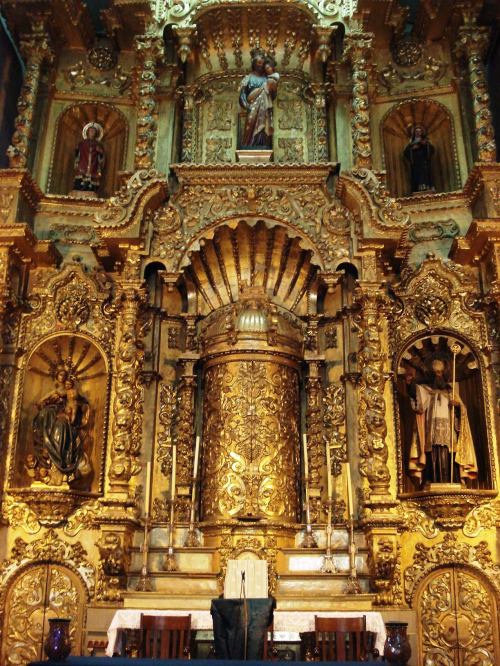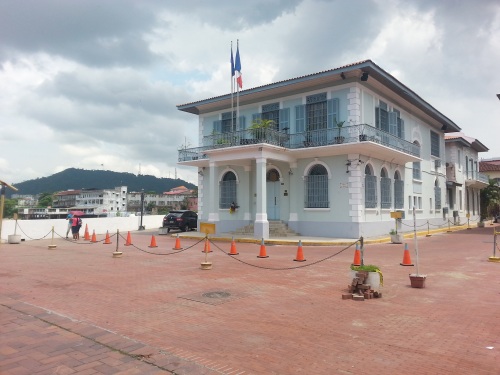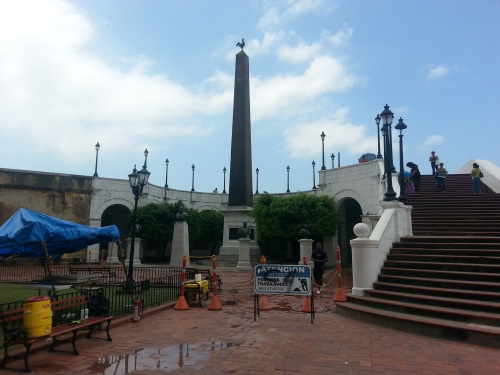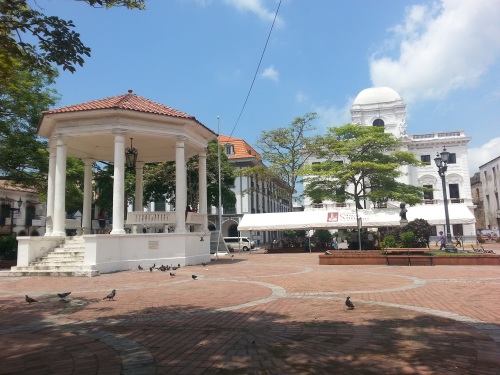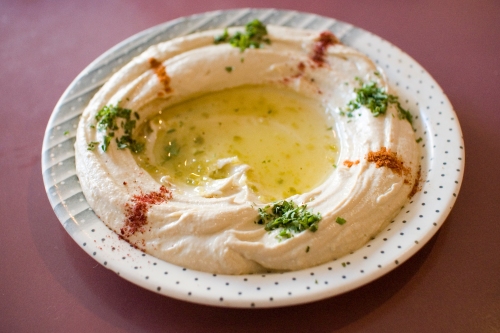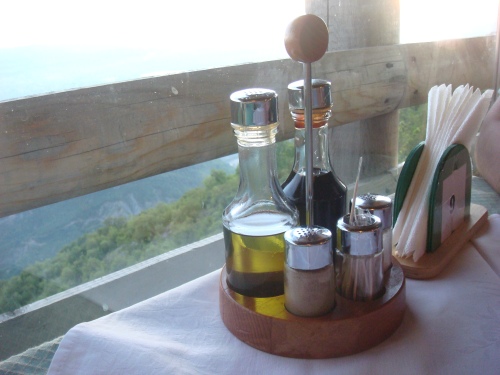After Anu had created heaven,
Heaven had created the earth,
The earth had created the rivers,
The rivers had created the marsh,
And the marsh had created the worm –
The worm went, weeping, before Shamash,
His tears flowing before Ea:
“What will you give me for food?
What will you give me to suck on?”
“I will give you the ripe fig and the apricot.”
“What good is the ripe fig and the apricot?
Lift me up, and assign me to the teeth and the gums!
I will suck the blood of the tooth,
and I will gnaw its roots at the gum!”
Because you have said this, O worm,
May Ea strike you with the might of his hand!
– An incantation against toothache found on a cuneiform tablet in Nineveh
The ancient peoples of Mesopotamia were pretty big on dental health. Evidence suggests that starting with the Sumerians of the 5th and 4th millennia B.C., the Mesopotamians cared about the health of their teeth and gums and even the freshness of their breath.
Health in Mesopotamia was maintained through a combination of medicine and magic, and the same was also true of dental health specifically. The surviving records lay out hundreds of recipes and recommendations written by Akkadian, Babylonian and Assyrian physicians.
One of these physicians provides us with one of the first recorded recommendations of a gum massage to treat gingivitis:
If a man’s teeth are all loose and decay sets in… thou shalt rub… on his teeth until blood comes out, and he shall recover.
Another tablet gives us a method to dispel “mouth-trouble” (possibly referring to inflammation):
If a man’s mouth has mouth-trouble, with gall-apples, ammi, mustard he shall cleanse his mouth and drink them in kurunnu-beer and shall recover. (I wish my dentist would order me to drink beer as a part of my dental hygiene routine.)
But Mesopotamian dentists were also concerned with more cosmetic dental issues. The same records contain recipes for mouthwash and stain-removal mixtures that include such ingredients as salt, pine turpentine, honey, oil, beer, lupin and turmeric, plus a feather to induce vomiting at some point in the procedure.
Despite not having the benefits of Oral-B toothbrushes or Colgate, some people in Mesopotamia seem to have practiced dental hygiene on a regular basis. Archaeological searches have revealed toothpicks made of gold, silver and bronze, sometimes as parts of vanity kits.
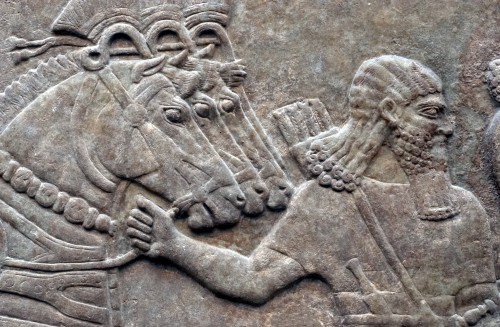
The people of Mesopotamia kept their teeth clean even under the constant threat of getting their city sacked by a bloody-minded conquering king, so you have no excuse for not flossing every day.
As with most other facets of ancient Mesopotamian life, religion played an active role in medical practice. Certain incantations were sometimes prescribed to work alongside a medical remedy, the idea presumably being that one or more of the gods would help the medicine do its job.
The toothache-related text found at Nineveh in interesting in this respect. Many ancient and medieval peoples believed that toothaches were caused by a worm that ate at the gums and gnawed through the teeth, boring holes and causing decay. Recounting the story of the creation of the worm and asking Ea to smack him down with the might of his hand suggests a magical element to dental care that no longer exists in modern dentistry (depending on your dentist, anyway.)
Try it at home!
If you’re tempted to try out some ancient dental techniques, you can start with this toothache remedy, to be used together with the incantation against toothache copied above:
Second-grade beer, the plant sa-kil-bir and oil thou shalt mix together; the incantation thou shalt recite three times thereupon and put the medicine upon the tooth.
So if you have some second-grade beer and sa-kil-bir in the back of your fridge, this is always an option. It beats paying thousands of dollars to have your teeth drilled by a modern dentist, doesn’t it?
—
Forrai, Judit. “The Beginnings of Dental Caries and its Treatments.” Archives of Oral Research, May 2009. pp. 187-192.
Paulissian, Robert. “Dental Care in Ancient Assyria and Babylonia.” Journal of the Assyrian Academic Society, Nov. 1993. pp. 96-116.


